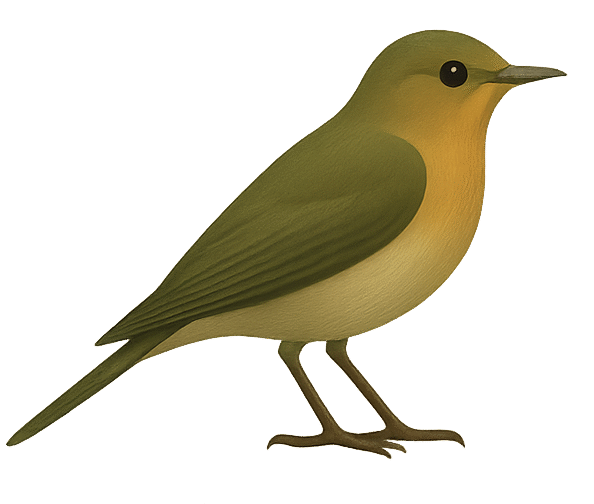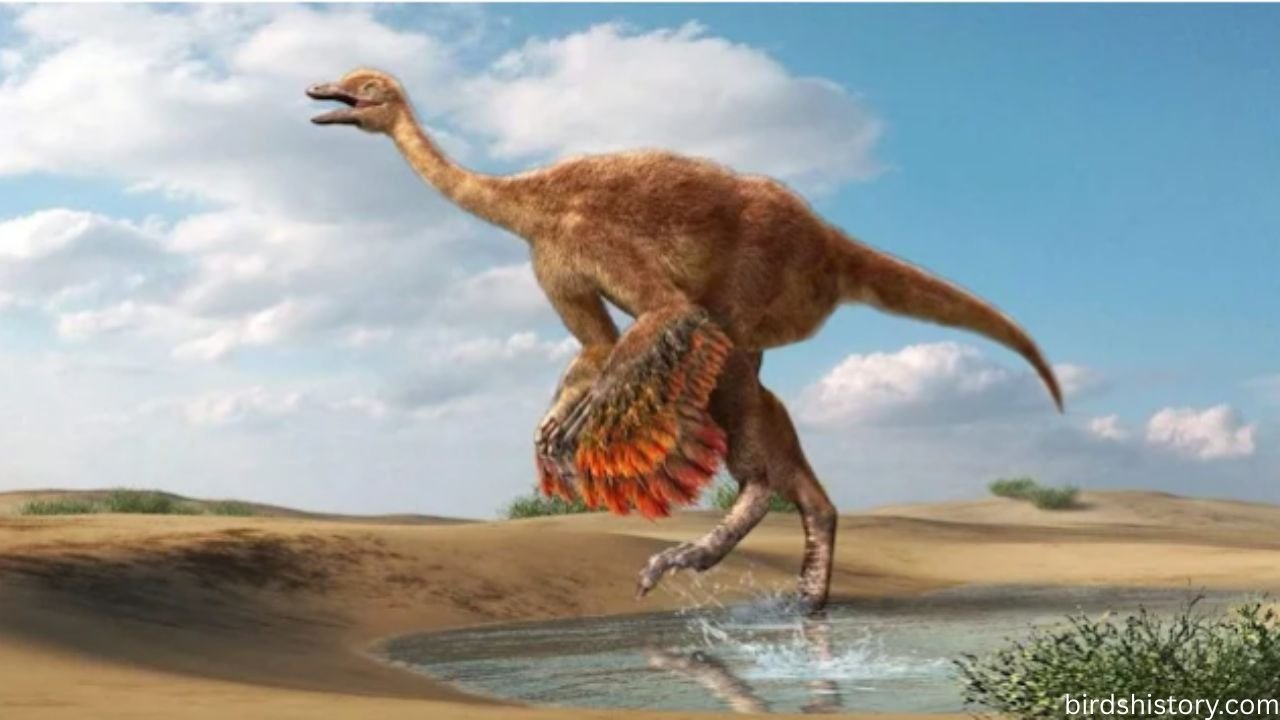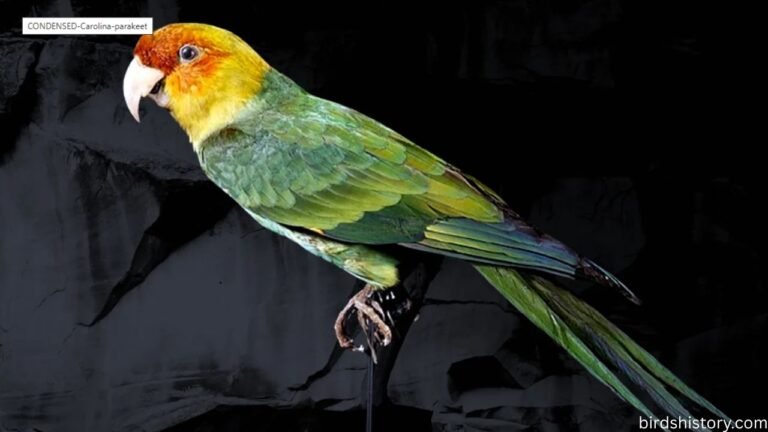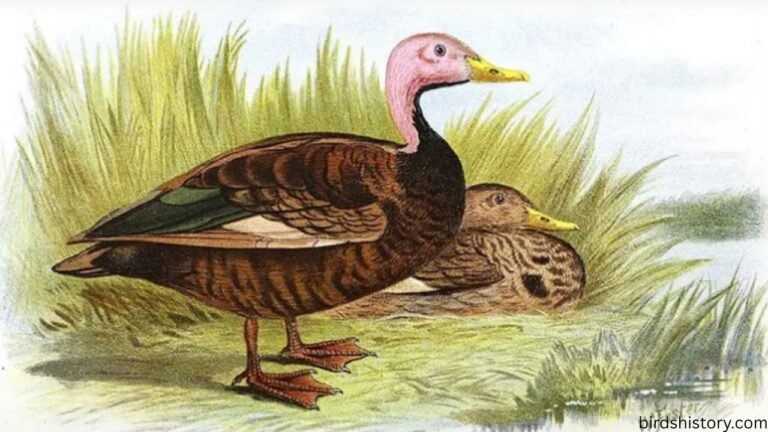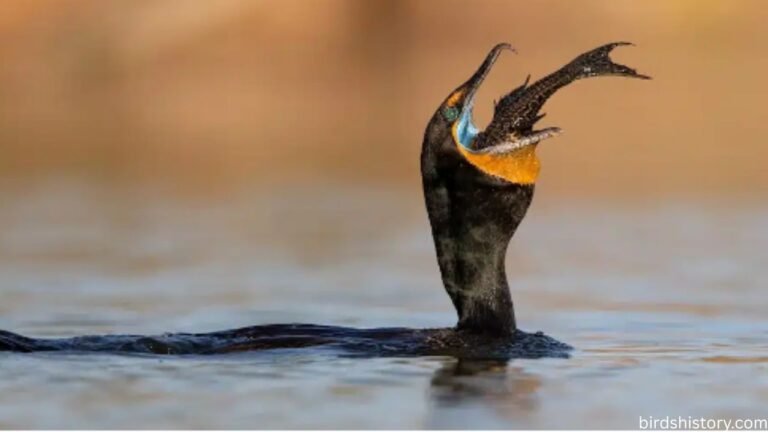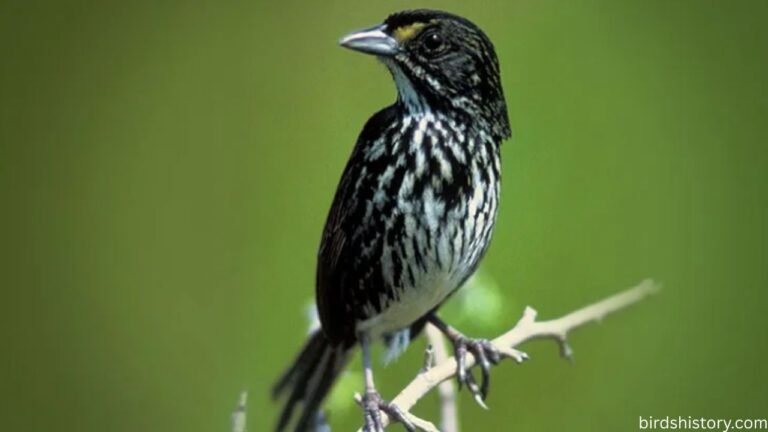Elephant Bird – Madagascar’s Giant That Time Forgot
The Elephant Bird is one of the most awe-inspiring birds in history. Native to the island of Madagascar, these massive, flightless birds could stand up to 10 feet tall and weigh nearly half a ton, making them the largest birds to ever walk the earth.
What makes the Elephant Bird so interesting is the blend of mystery, size, and its sudden disappearance. For centuries, stories about gigantic, ostrich-like birds circulated in folklore, and some historians even believe these accounts inspired legends of the mythical Roc—a giant bird capable of carrying off elephants.
One surprising fact: Elephant Bird eggs were the largest eggs ever laid by any animal, measuring over 13 inches long and holding a volume equivalent to seven ostrich eggs or about 150 chicken eggs.
Elephant Bird Taxonomy / Classification
- Common Name: Elephant Bird
- Scientific Name: Aepyornis maximus (most famous species)
- Family: Aepyornithidae
- Order: Aepyornithiformes
- Class: Aves
Also read: /wandering/
The Elephant Bird belonged to a family of giant, flightless birds unique to Madagascar. They were ratites—relatives of ostriches, emus, rheas, and kiwis. However, DNA studies suggest their closest living relatives are actually kiwis of New Zealand, despite the vast distance between them.
Elephant Bird Physical Description
Elephant Birds were giants among birds, with imposing physical features.
- Height: Up to 10 feet (3 meters).
- Weight: Estimated between 770–1,100 pounds (350–500 kg).
- Plumage: Likely dark, shaggy feathers covering the body, though no complete preserved specimens exist.
- Beak: Broad and strong, adapted for browsing plants.
- Wings: Completely flightless with reduced wing bones.
- Legs: Thick and powerful, designed for carrying immense weight while walking.
- Eggs: The largest known eggs of any animal, averaging 1 foot in length.
Sexual Dimorphism: Evidence suggests females may have been larger than males, as seen in other ratite species.
Unique Trait: Unlike other ratites, Elephant Birds were more robust and stocky, adapted for a sedentary, heavy lifestyle in Madagascar’s forests.
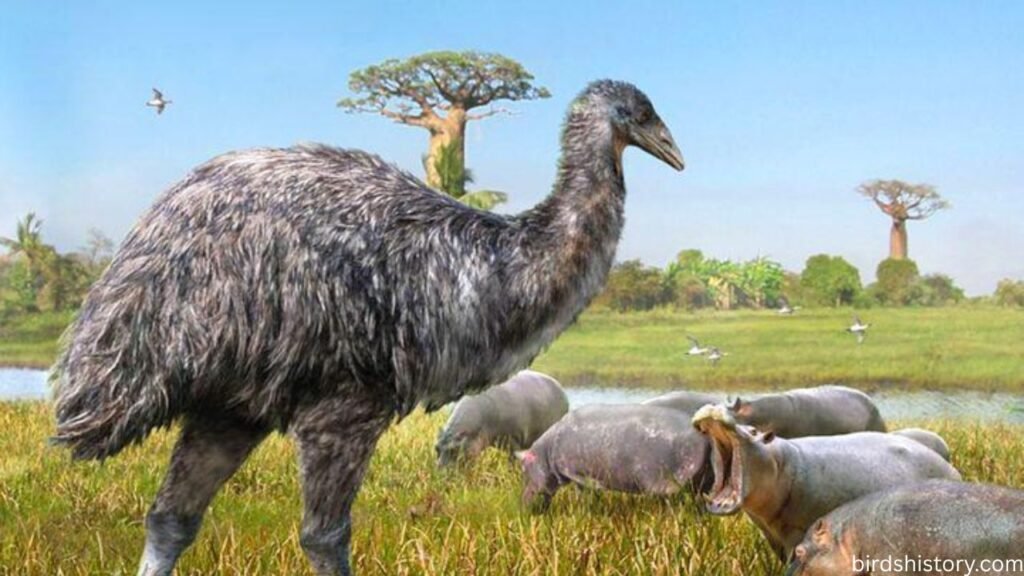
Habitat and Range of Elephant Bird
Elephant Birds were endemic to Madagascar, meaning they lived nowhere else in the world.
- Range: Found across most of Madagascar, from coastal plains to highland plateaus.
- Preferred Habitats: Forested areas, wetlands, and grasslands.
- Environment: Madagascar offered isolation, unique ecosystems, and no large mammalian predators, making it the perfect home for these giant birds.
Their adaptation to different habitats suggests there may have been multiple species, each specialized for different ecological niches.
Elephant Bird Diet and Feeding Habits
Elephant Birds were herbivores, feeding on a wide variety of vegetation.
- Diet: Fruits, seeds, nuts, grasses, and leaves.
- Foraging Method: Used their large beaks to pluck low-hanging branches or forage on the ground.
- Ecological Role: Likely important seed dispersers. Large seeds found in Madagascar’s forests may have evolved to depend on Elephant Birds for spreading.
Interestingly, their extinction may have disrupted Madagascar’s ecosystems, as no modern animal fully replaced their role as a seed spreader.
Behavior and Lifestyle of Elephant Bird
Although direct observations are impossible, scientists infer behavior from fossils and modern relatives.
- Social Structure: Possibly solitary or in small groups rather than large flocks.
- Movement: Walked slowly but steadily, similar to ostriches, though bulkier.
- Nesting Habits: Likely nested on the ground in open areas, laying enormous eggs in shallow scrapes.
- Vocalizations: Unknown, though deep booming calls are possible, as seen in other ratites.
- Temperament: Likely shy and reclusive, avoiding human settlements rather than confronting them.
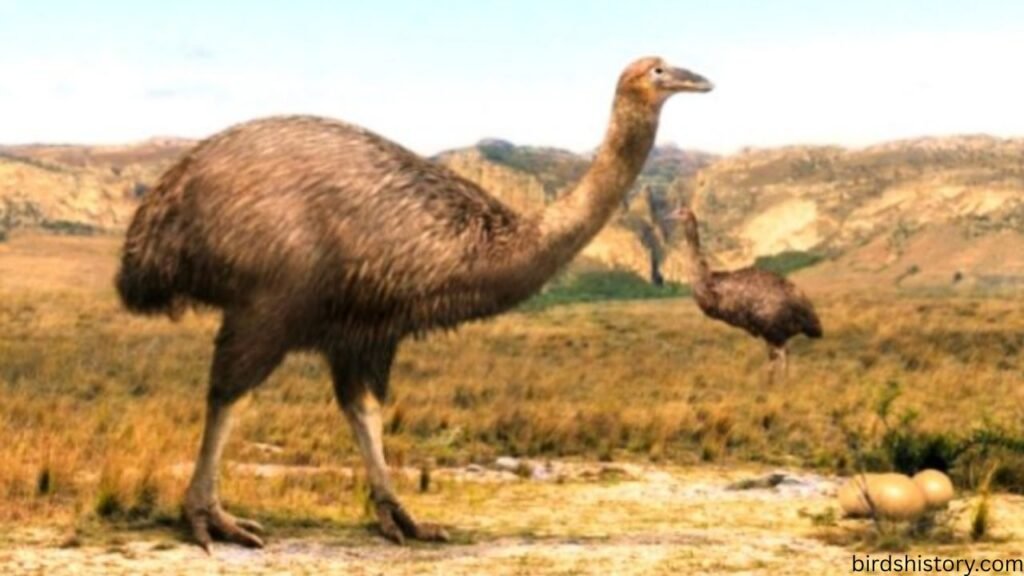
Elephant Bird Reproduction and Lifespan
The reproductive strategy of Elephant Birds revolved around their massive eggs.
- Breeding Season: Probably seasonal, timed with Madagascar’s rainy season.
- Nests: Simple ground nests scraped into soil or sand.
- Eggs: Over 13 inches long, weighing up to 22 pounds (10 kg).
- Clutch Size: Likely 1–2 eggs at a time, given their size.
- Incubation: Unknown, but probably several months.
- Parental Care: Similar to other ratites, males may have incubated the eggs and raised the chicks.
- Lifespan: Estimated 50–60 years, based on size and comparison with other large birds.
Because they reproduced so slowly, Elephant Birds were extremely vulnerable once humans began hunting them.
Predators and Threats
Natural Predators
- Before Humans: Adults had no significant predators due to their size. Eggs and chicks may have been vulnerable to large reptiles or scavengers.
Human-Driven Threats
- Hunting: Early Malagasy people hunted Elephant Birds for their meat and collected their massive eggs as food.
- Habitat Loss: Deforestation for agriculture reduced nesting areas.
- Egg Exploitation: One egg could feed an entire family, making overharvesting disastrous for populations.
- Introduction of Species: Dogs, pigs, and rats may have preyed on eggs and chicks.
Within just a few centuries of human settlement (around 800–1200 CE), Elephant Birds disappeared.
Elephant Bird Conservation Status
- IUCN Status: Extinct.
- Extinction Timeline:
- Human arrival in Madagascar: ~2,000 years ago.
- Elephant Birds likely extinct by 1,200–1,600 CE.
- Last credible accounts date to the 17th century, though some believe small populations survived longer.
Today, Elephant Birds are studied through fossils, eggshells, and occasional subfossil bones.
Interesting Facts About the Elephant Bird
- Elephant Birds laid the largest eggs ever known, bigger than even dinosaur eggs in volume.
- Their closest living relatives are the tiny kiwis of New Zealand, despite their massive size difference.
- Some scholars believe Marco Polo’s tales of giant birds in Madagascar were based on Elephant Birds.
- Elephant Bird eggs are so rare today that intact specimens can sell for tens of thousands of dollars.
- They may have inspired the legend of the Roc in Arabian Nights.
- Unlike ostriches, Elephant Birds were stocky and unable to run quickly, relying on size for protection.
- Subfossil remains suggest multiple species existed, ranging from smaller 5-foot birds to colossal 10-foot giants.
- Their extinction may have permanently altered Madagascar’s forests by ending large-seed dispersal.
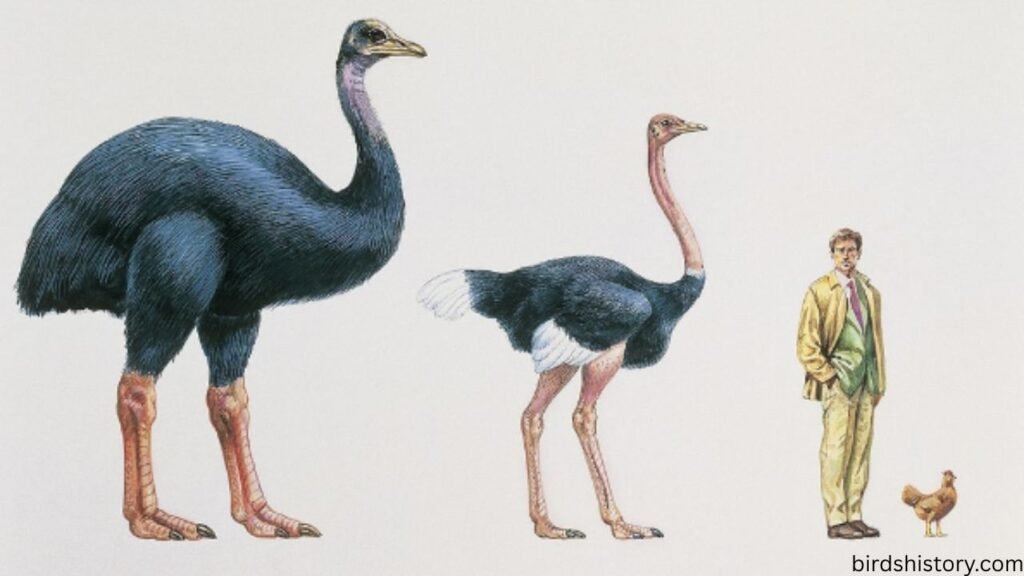
Conclusion
The Elephant Bird stands as one of the most remarkable creatures in natural history. Towering over humans, laying eggs the size of footballs, and shaping Madagascar’s ecosystems, they were true giants of the avian world. Yet, like so many large, slow-reproducing animals, they were no match for human exploitation.
Their extinction within a few centuries of human arrival is a powerful reminder of how fragile even the most dominant species can be. The Elephant Bird’s story is both a marvel of natural history and a cautionary tale of what happens when humans upset ecological balance.
Today, their legacy lives on through fossils, myths, and the giant eggs preserved in museums. Learning about the Elephant Bird is not just about looking back—it’s about understanding the urgency of protecting endangered species now, before they too become legends.
FAQs
1. What was the Elephant Bird?
A giant, flightless bird native to Madagascar and the largest bird that ever lived.
2. What was Elephant Bird scientific name?
The best-known species is Aepyornis maximus.
3. How tall was Elephant Bird?
Up to 10 feet tall.
4. How much did Elephant Bird weigh?
Between 770–1,100 pounds.
5. What did Elephant Bird eat?
Herbivorous—feeding on fruits, seeds, and vegetation.
6. Why did Elephant Bird go extinct?
Hunting, habitat destruction, and overharvesting of eggs by humans.
7. When did Elephant Bird go extinct?
By around 1200–1600 CE.
8. What was special about Elephant Bird eggs?
They were the largest eggs ever laid, over 13 inches long.
9. Who were Elephant Bird relatives?
Surprisingly, kiwis from New Zealand are its closest living relatives.
10. Why is the Elephant Bird important today?
It symbolizes the impact of human activity on ecosystems and highlights the need for conservation.
